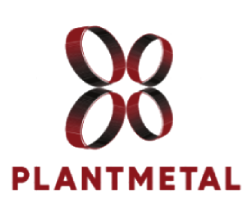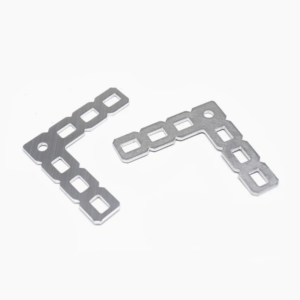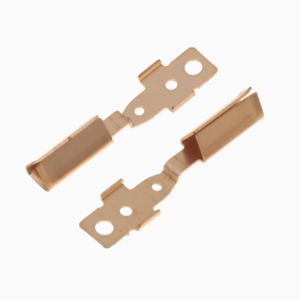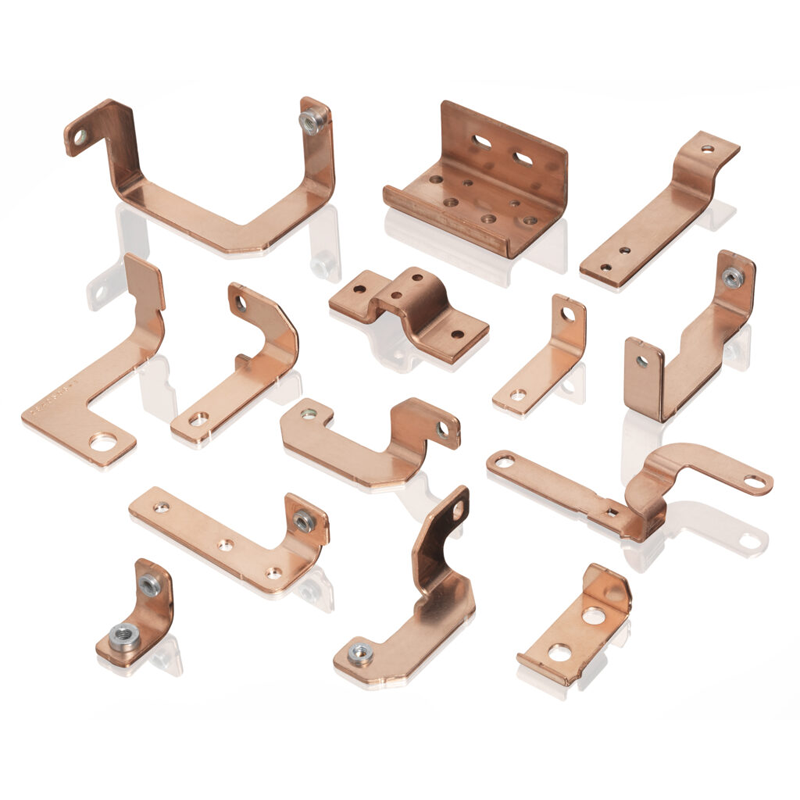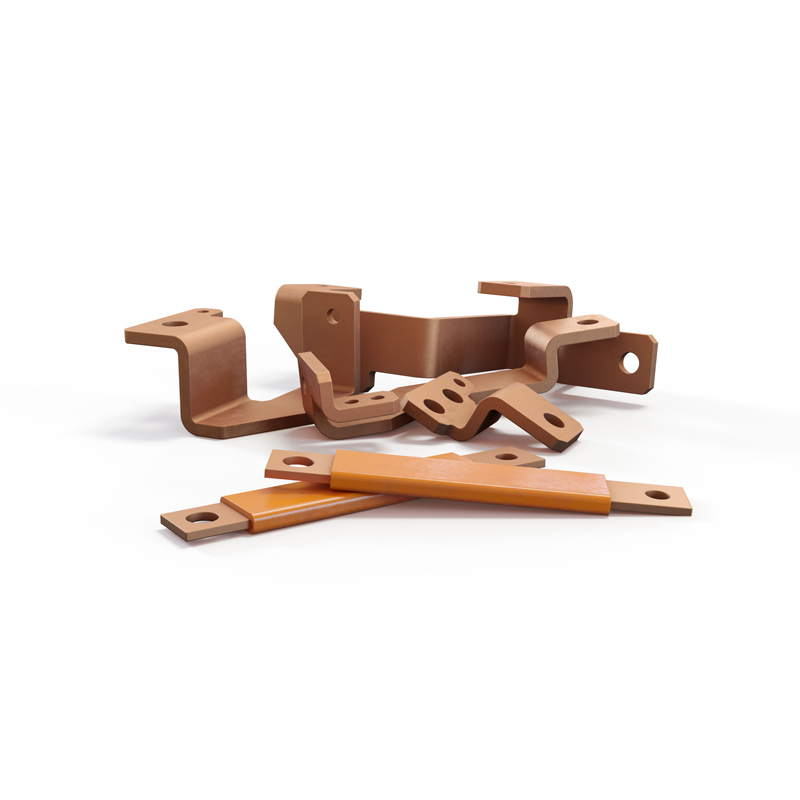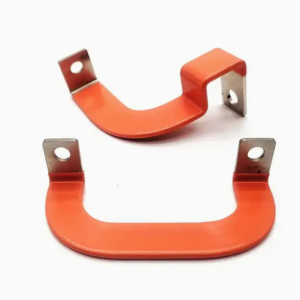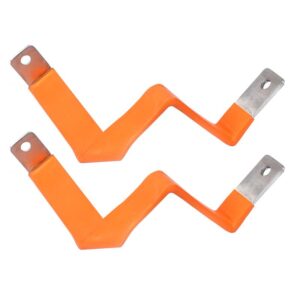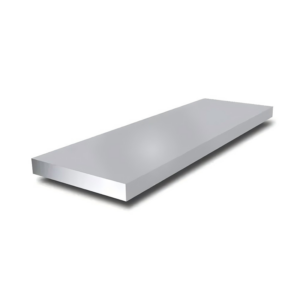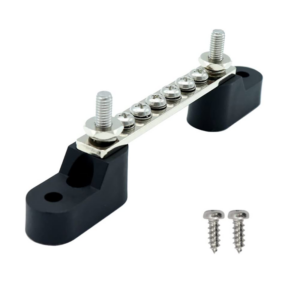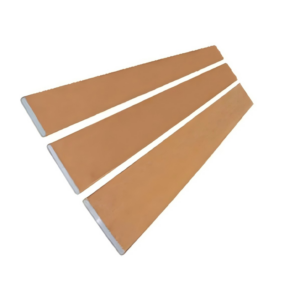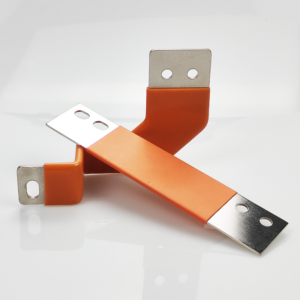Bus bars serve as a critical junction between input and output power, efficiently collecting input currents and distributing them to output circuits. Constructed from stamped conductive materials, typically copper, bus bars are designed to minimize maintenance, labor, and installation costs. Their quick and easy connection and installation make bus bars a versatile solution across various applications. Our bus bars are produced using advanced stamping techniques, ensuring high-quality performance and reliability. We also offer a wide range of customization options to meet your specific needs, including tailored designs, materials, and configurations.
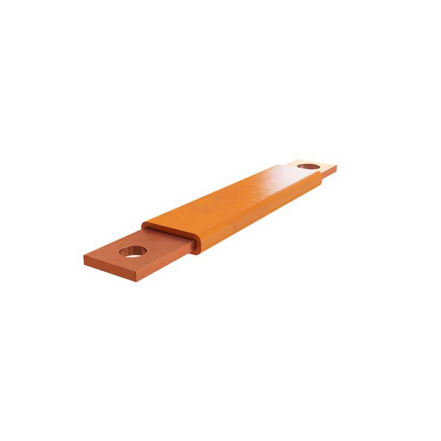
Basic Information
Place of Origin: Xiamen, China
Brand Name :OEM
Material: Stainless Steel/ Metal
Type: Hardware Parts
Size :Customized Size
Surface treatment :Galvenized/ Custom
Certificate: ISO9001:2015/IATF16949
Delivery: by sea/air/express
Service Customized :OEM
Application :Industrial
Surface Treatments for Metal Stamping Parts
- Electroplating
– Description: A process that deposits a layer of metal onto the surface of the part using an electric current. Commonly used for improving corrosion resistance and enhancing appearance.
– Types: Nickel plating, chrome plating, zinc plating.
- Powder Coating
– Description: A dry coating process where powdered paint is electrostatically applied and then cured under heat. It provides a durable, high-quality finish with excellent resistance to scratches, chipping, and fading.
- Anodizing
– Description: An electrochemical process that converts the surface of aluminum into a durable, corrosion-resistant layer. Anodizing also enhances appearance and can be dyed in various colors.
- Plating
– Description: The application of a thin layer of metal to the surface of the part to improve wear resistance, reduce friction, or provide an aesthetic finish.
– Types: Tin plating, copper plating.
- Spraying
– Description: A method where paint or protective coating is sprayed onto the part’s surface. This process is used for both aesthetic and protective purposes, offering a wide range of colors and finishes.
- Oxidation
– Description: A chemical treatment that forms a protective oxide layer on the surface of metals, such as steel. It improves corrosion resistance and can provide a unique aesthetic finish.
- Polishing
– Description: A mechanical process that smooths and shines the surface of the part. Polishing removes imperfections and enhances the visual appeal of the metal.
- Sandblasting
– Description: A process that uses high-speed abrasive particles to clean or roughen the surface. It prepares the surface for further treatments or provides a textured finish.
- Passivation
– Description: A treatment process that enhances the natural oxide layer on stainless steel to improve corrosion resistance. It involves soaking the part in a solution that removes free iron and other contaminants.
